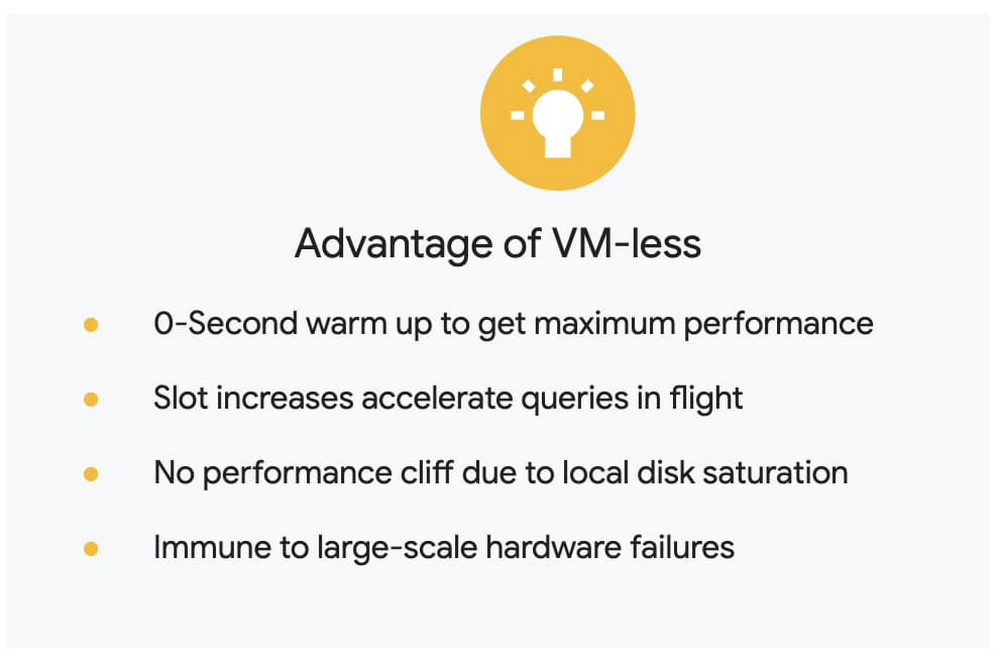BigQuery is used by organizations of all sizes, and to meet the diverse needs of our users, BigQuery offers highly flexible pricing options. For enterprise customers, BigQuery’s flat-rate billing model is predictable and gives businesses direct control over cost and performance. We’re now making the flat-rate billing model even more accessible by lowering the minimum size to 100 slots, so you can get started faster and quicker.Starting now, you no longer need to purchase a minimum of 500 slots to take advantage of the slots billing model:Purchase as few as 100 slots at a timePurchase in increments of 100 slotsThis change applies to all commitment types—flex, monthly, and annual.Your price per slot remains the same, no matter how many slots you buy. These new billing changes can significantly lower the entry point for slots-based pricing. Here is an example of how this works:100 slots on an annual contract cost $1,700 per month.100 slots on a monthly commitment type cost $2,000 per month.100 flex slots cost just $4 per hour, or less than $0.07 per minute.We’ve heard that a lower-priced offering is especially relevant for organizations in emerging markets. “We have been using BigQuery as our single data warehouse, and using the 1,000 slots flat-rate option effectively,” said Yuan Gao, chief data officer in The Learnings Co., Ltd. “The 100-slot flat-rate offer will give us finer granularity to control the cost. When we have relatively small workloads, we can run them in one project with a 100-slot reservation, without affecting other workloads, with small and predictable costs.” About BigQuery slotsA slot is a virtual CPU used by BigQuery for data processing. When you purchase slots, BigQuery provisions dedicated capacity for your queries to use, and you pay for the seconds your slots were provisioned. For example, when you buy 1,000 slots with an annual commitment, you pay for 1,000 slots for 365 days, and all query costs are included in the price. The more slots you have, the better your throughput and performance. BigQuery’s architecture is serverless and VM-less. Because we don’t keep state in our compute nodes, BigQuery users get unique benefits, like no need to warm up to achieve maximum performance, and no performance cliffs associated with local disk limits.If you are considering switching from the bytes processed billing model to the slots billing model, consider that the bytes processed model gives users up to 2,000 slots or more. therefore, your query performance may not be as good with 100 slots. We recommend you monitor your slot usage and performance for the optimal number of slots to purchase.You can take advantage of the new 100 slots option by enabling BigQuery Reservations, an enterprise-grade workload and capacity management platform. With BigQuery Reservations, you can provision capacity in seconds and departmentalize it into isolated workloads and teams. To get started, head over to Introduction to BigQuery Reservations.To learn more, check out our Google Cloud Next ‘20: OnAir digital conference. This week is focused on data and analytics. My session, DA300: Awesome New Features to Help You Manage BigQuery, discusses in depth how to best utilize BigQuery slots and BigQuery Reservations.
Quelle: Google Cloud Platform

Published by